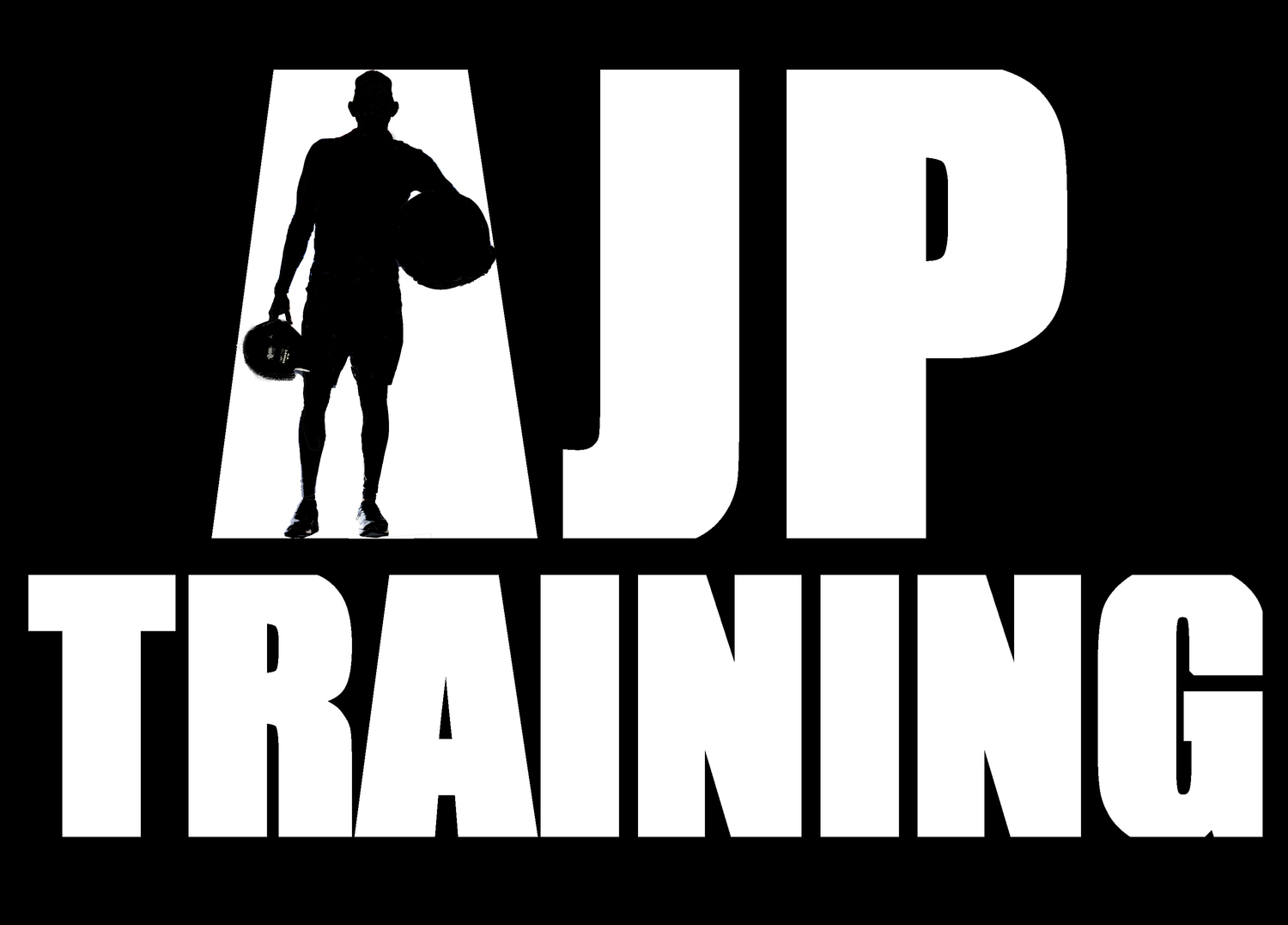My keychain is proof that I'm no stranger to big-box gyms.
I still have old tags from Gold's, LA Fitness and Fitness First on there. I'm also a former member of 24 Hour Fitness, Anytime Fitness and -- for a short time during the NHL playoffs a few years back-- Boston Sports Club. Each gym served a purpose: They all allowed me to work out, often while traveling as I covered various sporting events for FOX Sports, USA Today and AOL Sports.
But all these gyms also shaped how I wanted to train people-- years before I embarked on this venture.
I won't name the gym, but I did one of those free assessments they give out to new members at those gyms. The trainer put me through a few "tests," including pull-ups. I hoisted myself up on the bar and completed 26 without stopping.
"You know, you were really struggling on those last few," he quipped.
I thought to myself, "Really? You do half that many." I just shook my head and all but laughed when he tried to sell me on one those expensive packages the gym offered.
He failed to detect tightness in my hip flexors and weak serratus anterior muscles. (AJPT also offers such an assessment free of charge, although ours tend to be more thorough.) This trainer also made me feel like I was the most out-of-shape person he saw that day, which I was pretty sure wasn't the case.
But what if it was? For those who are trying to better themselves, would this be the kind of trainer you would pay hundreds of dollars to train you? Is that how you want to start off your client-trainer relationship?
Trainers get a bad rap, frankly, because there are some bad ones. I've seen plenty over the years in my travels just as I saw plenty of awful journalists in my time as a writer. Every industry has them.
Selecting your trainer is a very important, personal decision. (And it can also be a very expensive one if you get locked into a high-priced contract or even pay per session at a chain gym.) You've already made the first major step by setting foot into a gym, which can be a menacing place. Now, you're counting on a trainer to help you achieve your fitness goals. You're putting a lot of trust in whomever you hire with the hopes he or she won't relocate to another gym as often happens.
A new client of mine said that my gym intimidated her after she viewed this website. I can totally see her point. I do post videos of myself doing some advanced things from time to time. AJP Training isn't flashy. We don't have a sauna, pool or showers. (We are working on the latter.) There are no machines in my gym space --- and that's by design.
Here's my longtime client Steve taking the sled for a spin around the facility.
We use the TRX Suspension Trainer, slide board, free weights, sled, battle ropes and other instruments that are, in my opinion, much more effective. In fact, my gym resembles more of a CrossFit gym than a Planet Fitness. (Like Planet Fitness, we don't have lunks here either.) While we do Olympic lifting with some clients, it's the exception not the rule like in CrossFit.
AJPT doesn't have to be fancy because we only offer one-on-one and small-group training. You'll have my full attention from your initial assessment through each hourlong session. My rates are affordable (likely much more affordable than what a corporate gym can offer) and you won't get locked into a long-term contract.
I'm confident enough in my abilities as a trainer that you'll not only get results, but enjoy doing it. While this gym can seem spartan, there's plenty here to challenge you. (I'll make sure of that.) I also do my best to make it as inviting as possible -- even if you can't do 26 pull-ups (or even one) with perfect technique.











